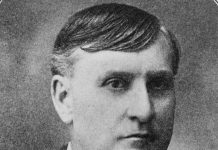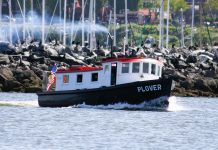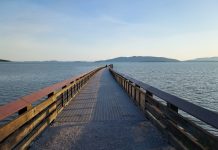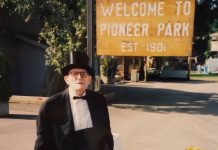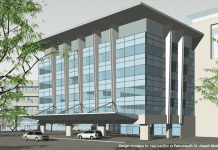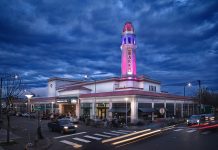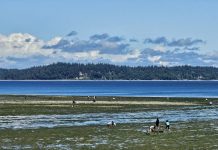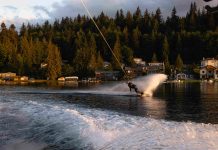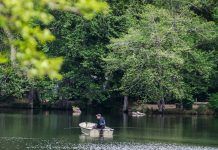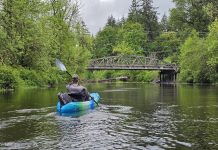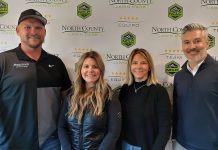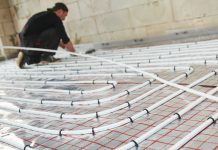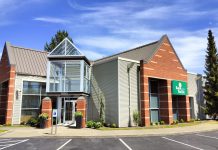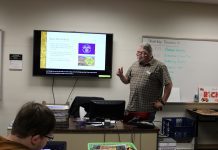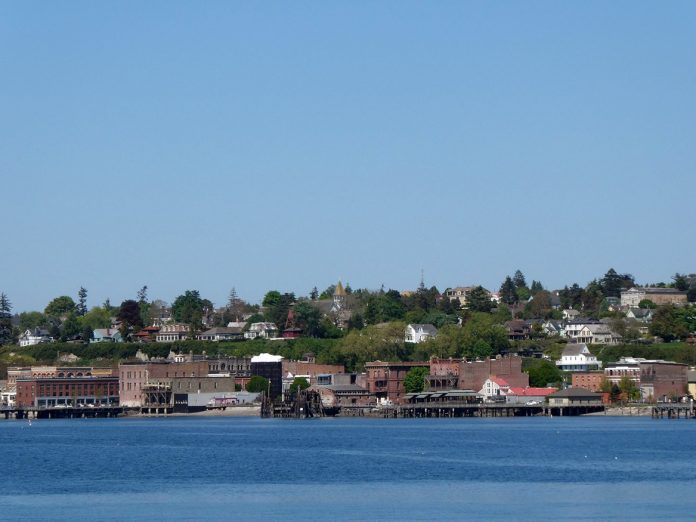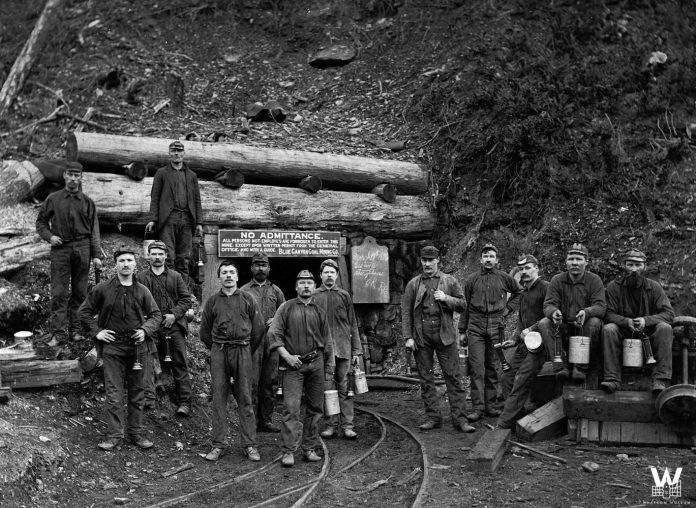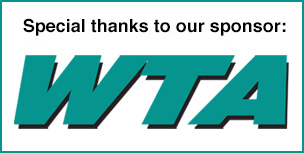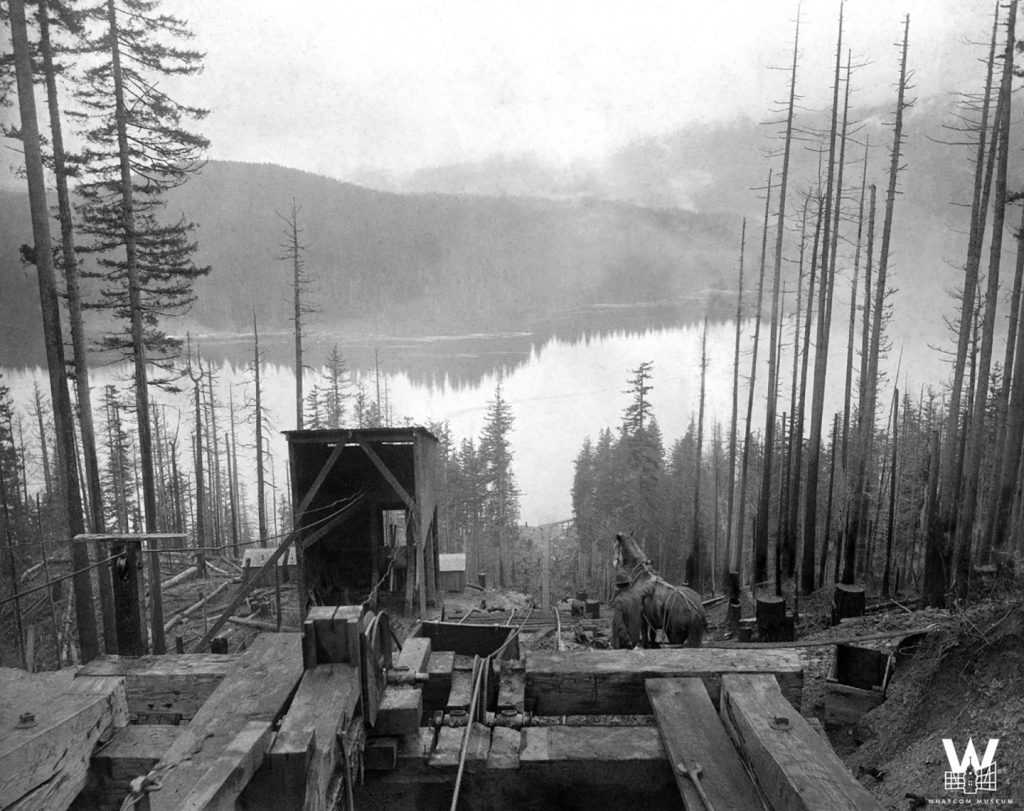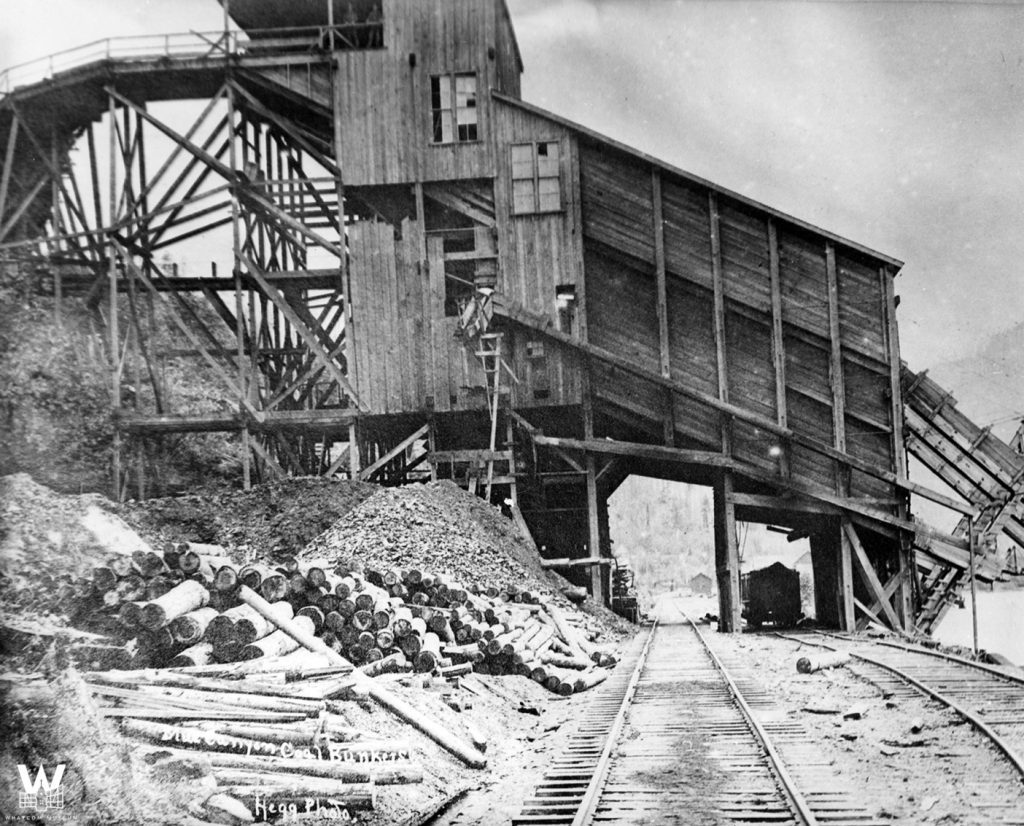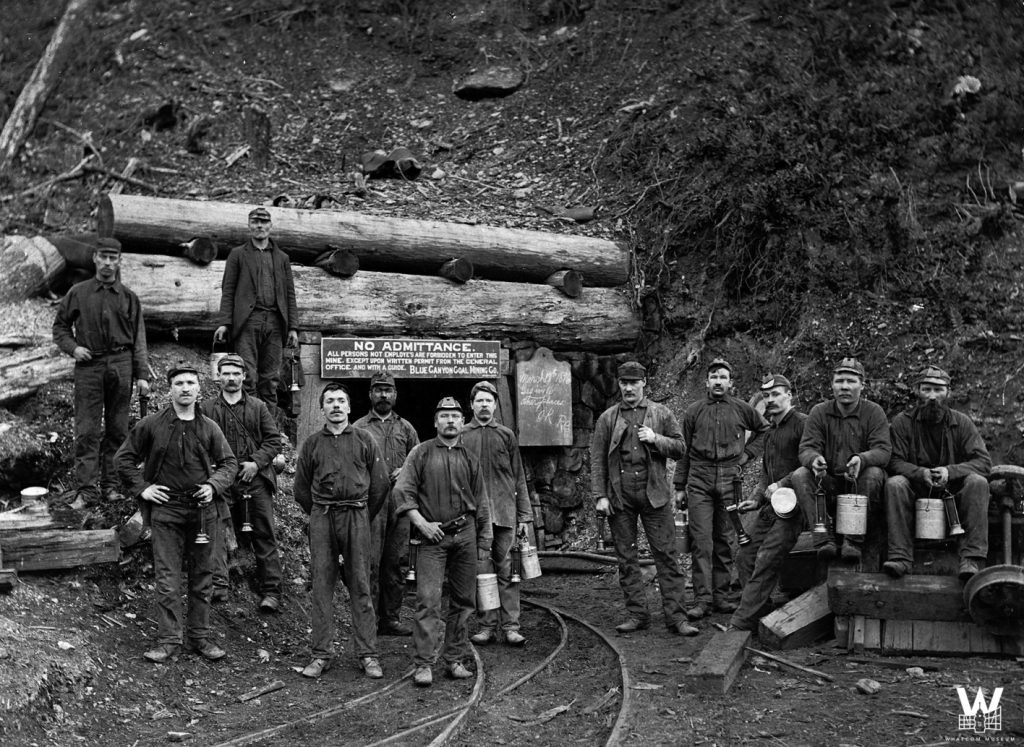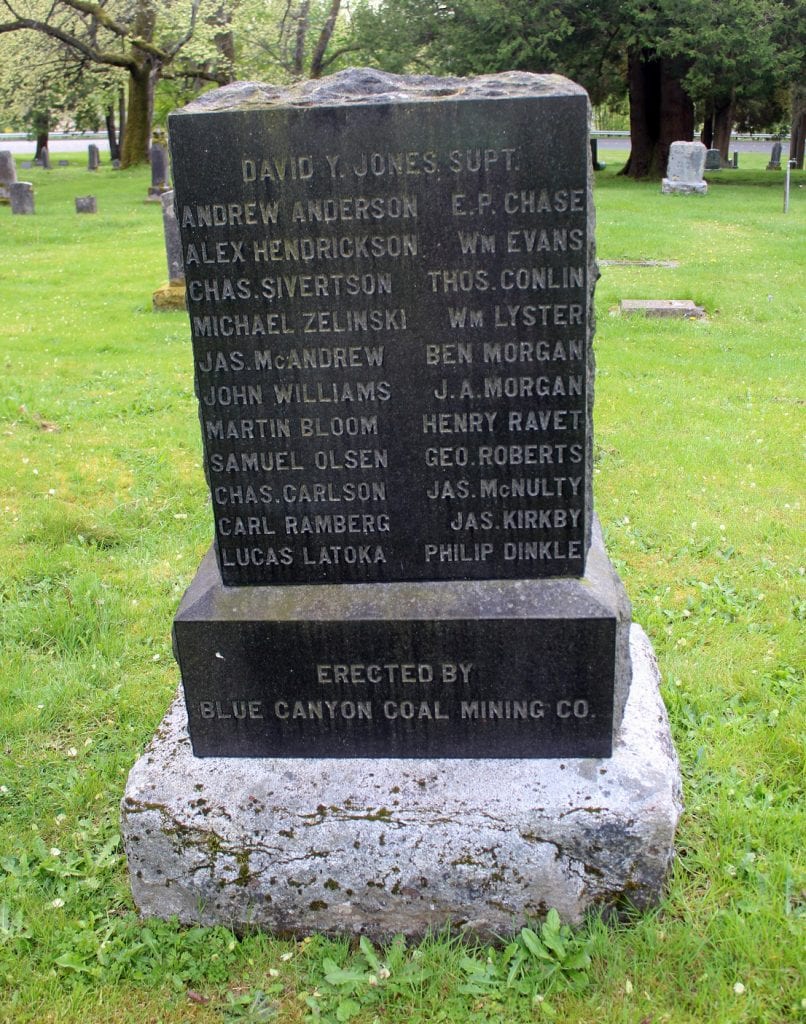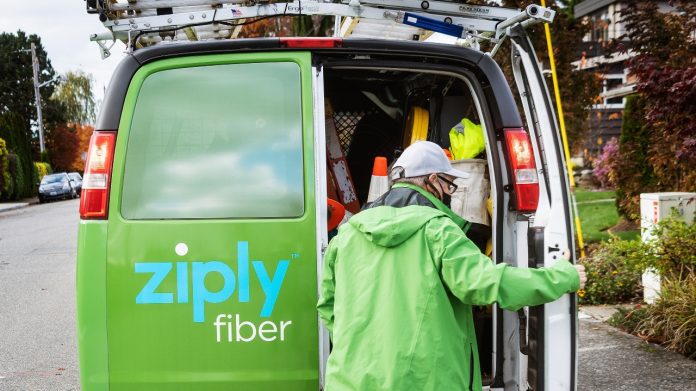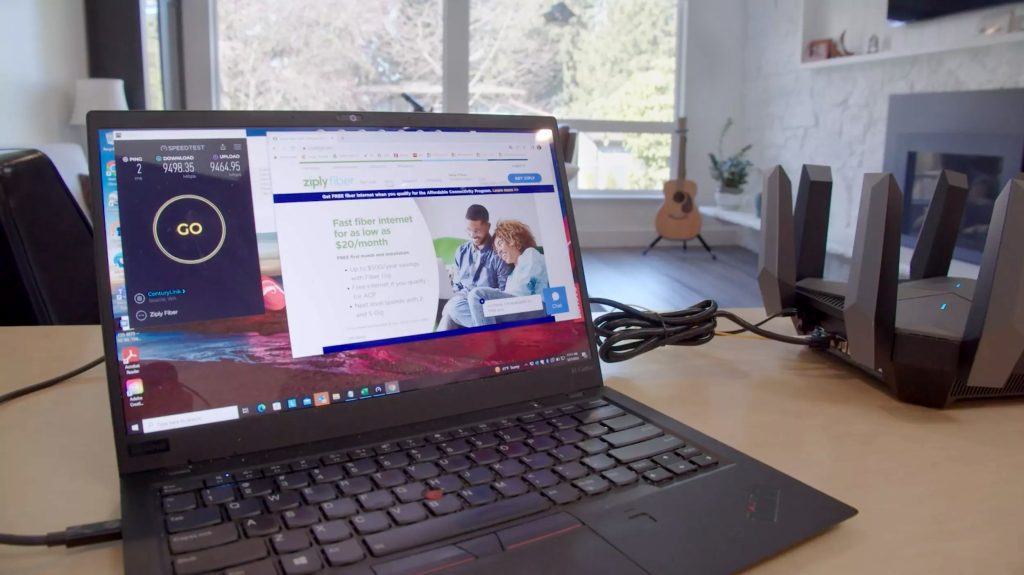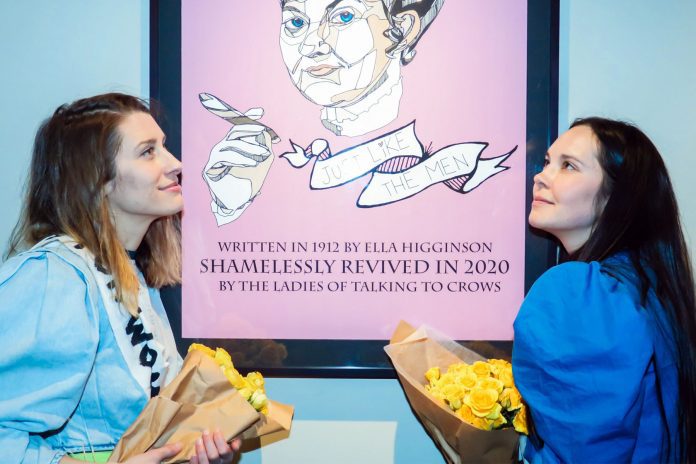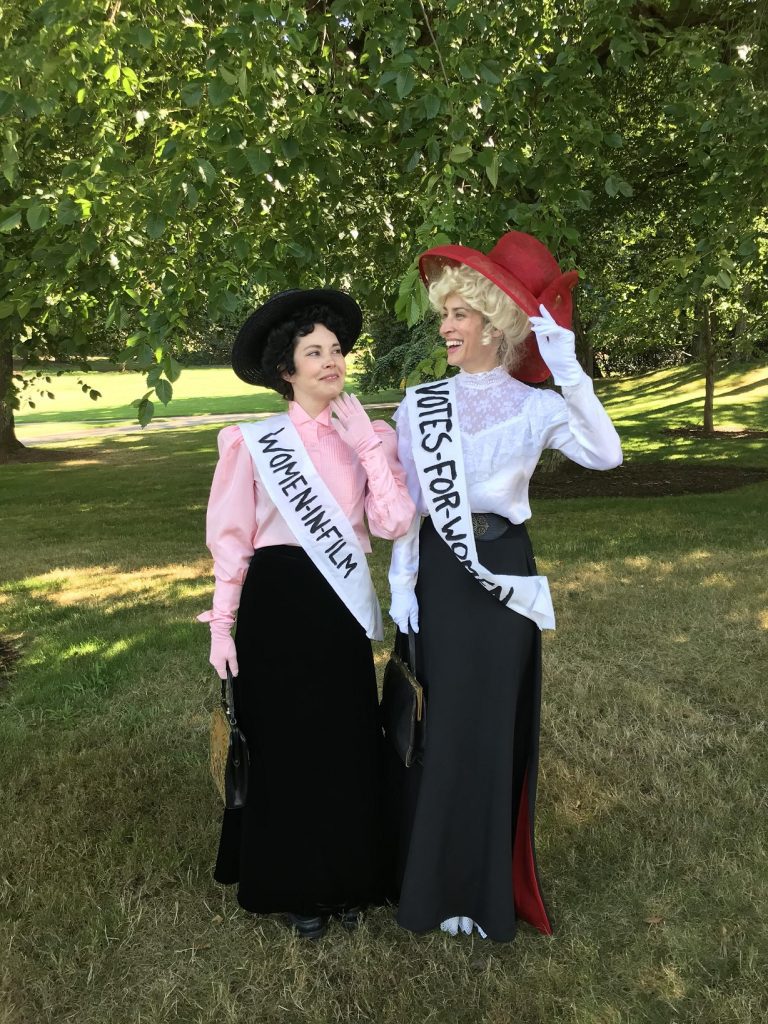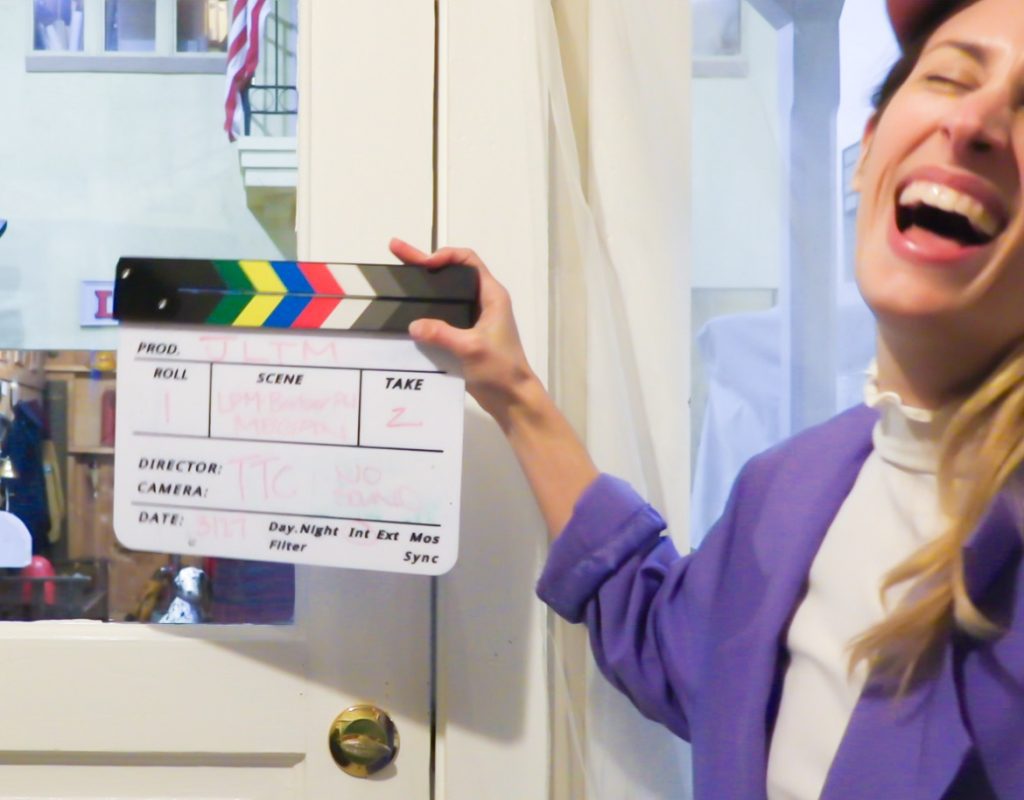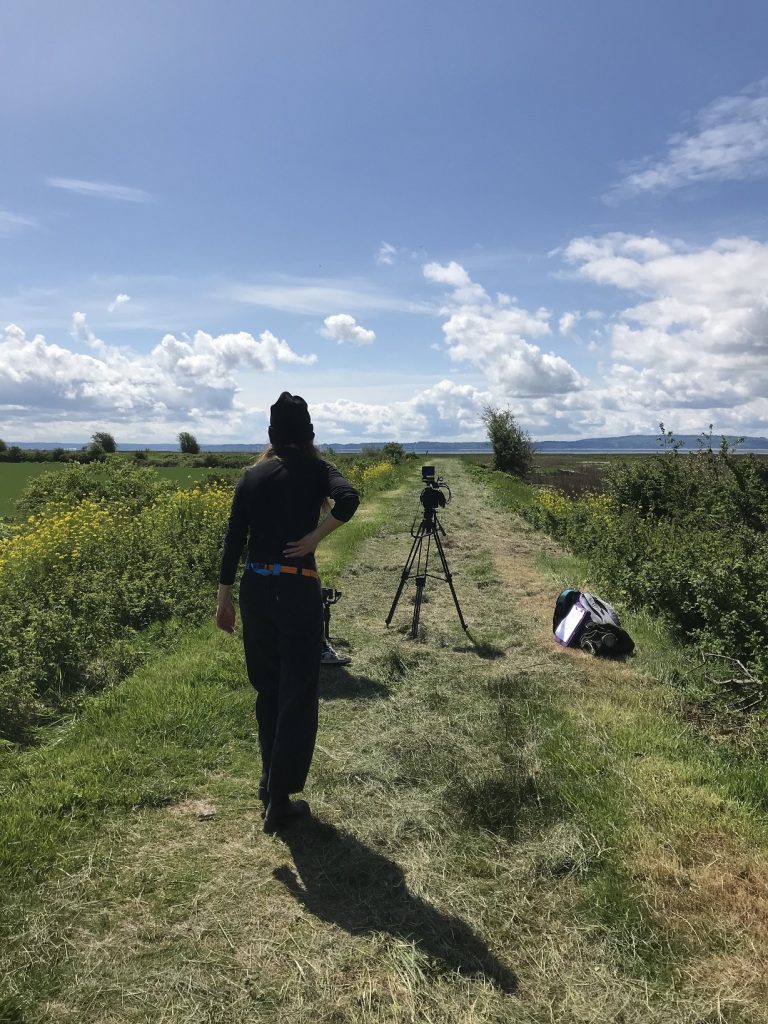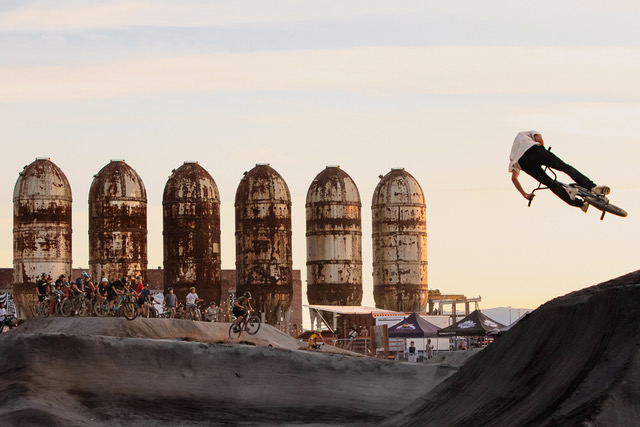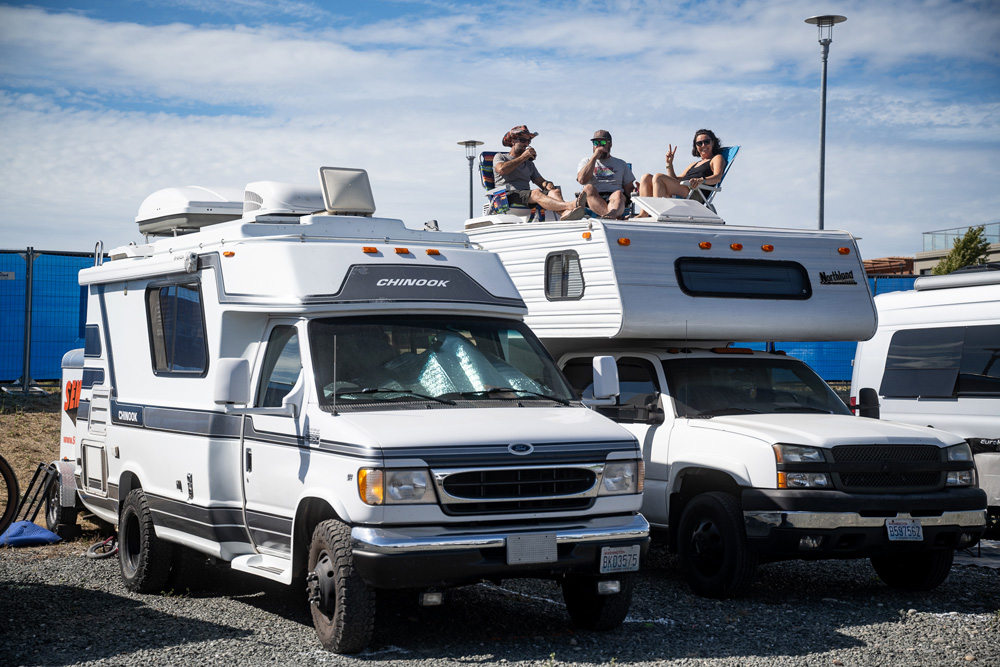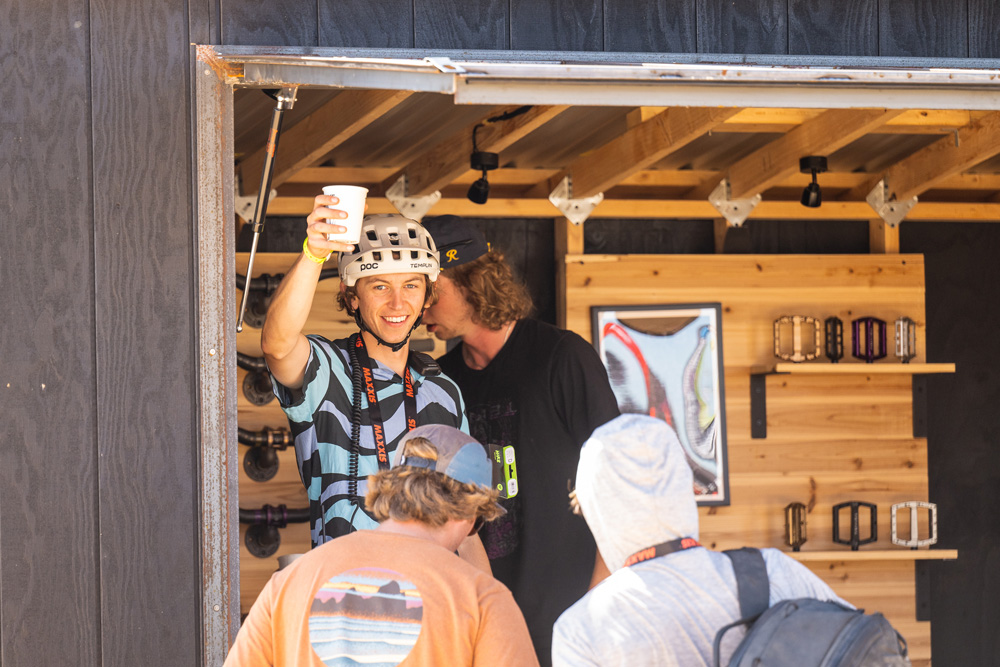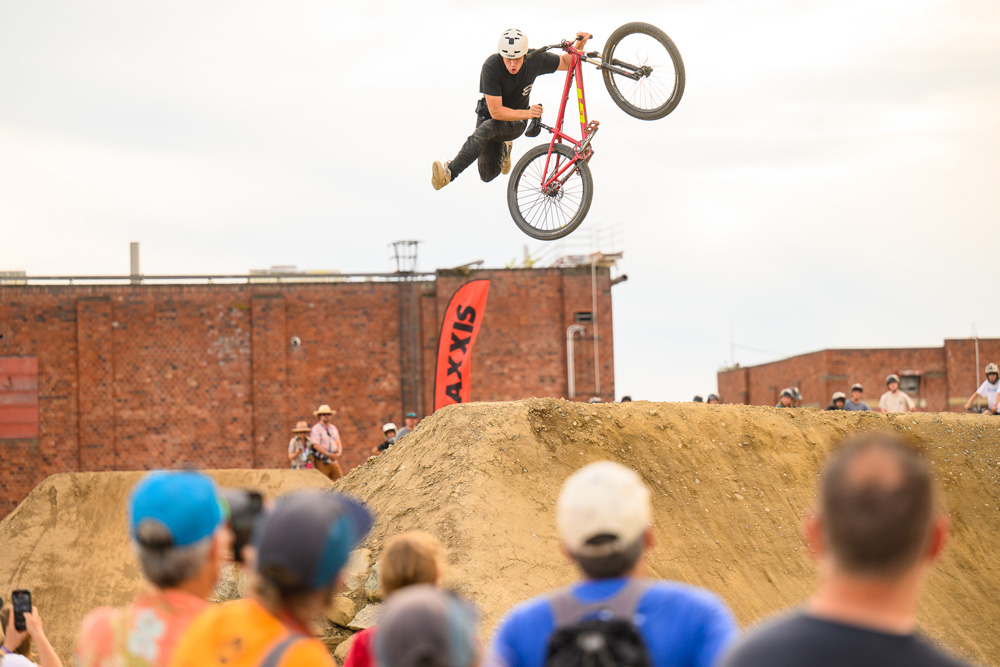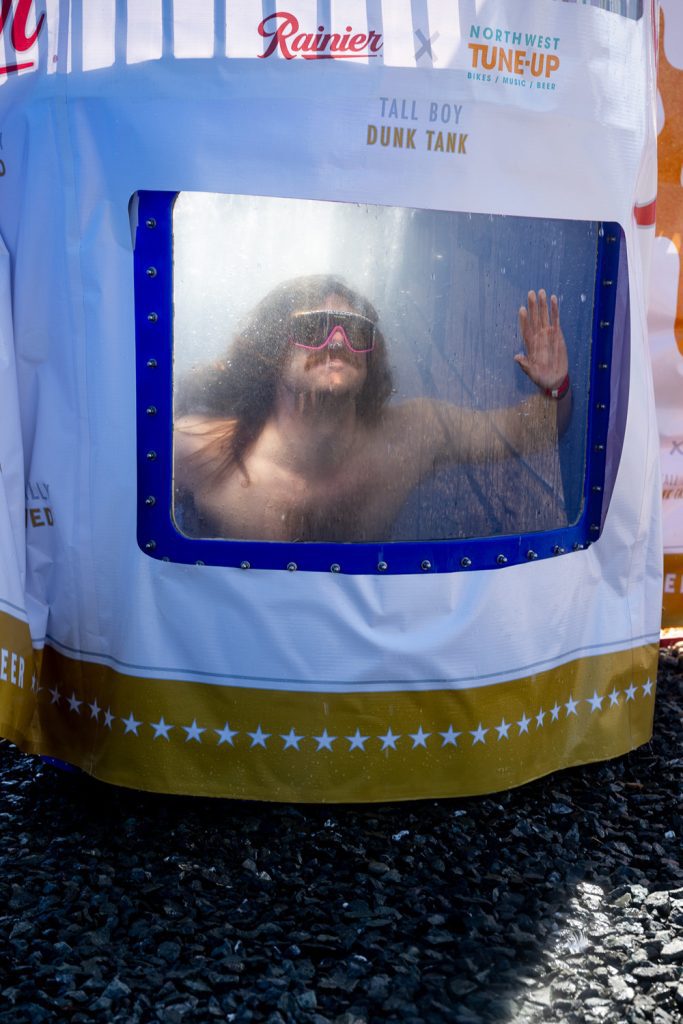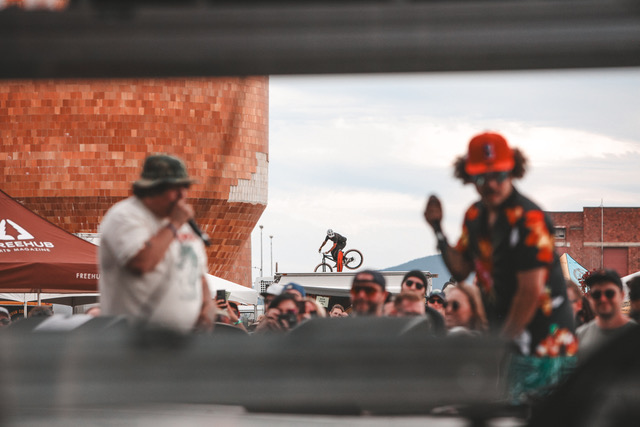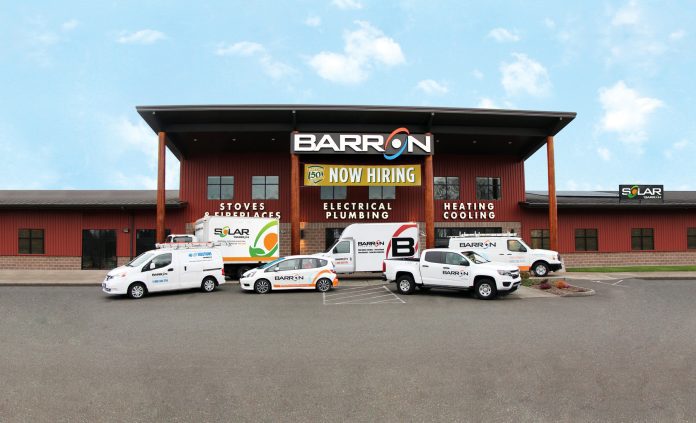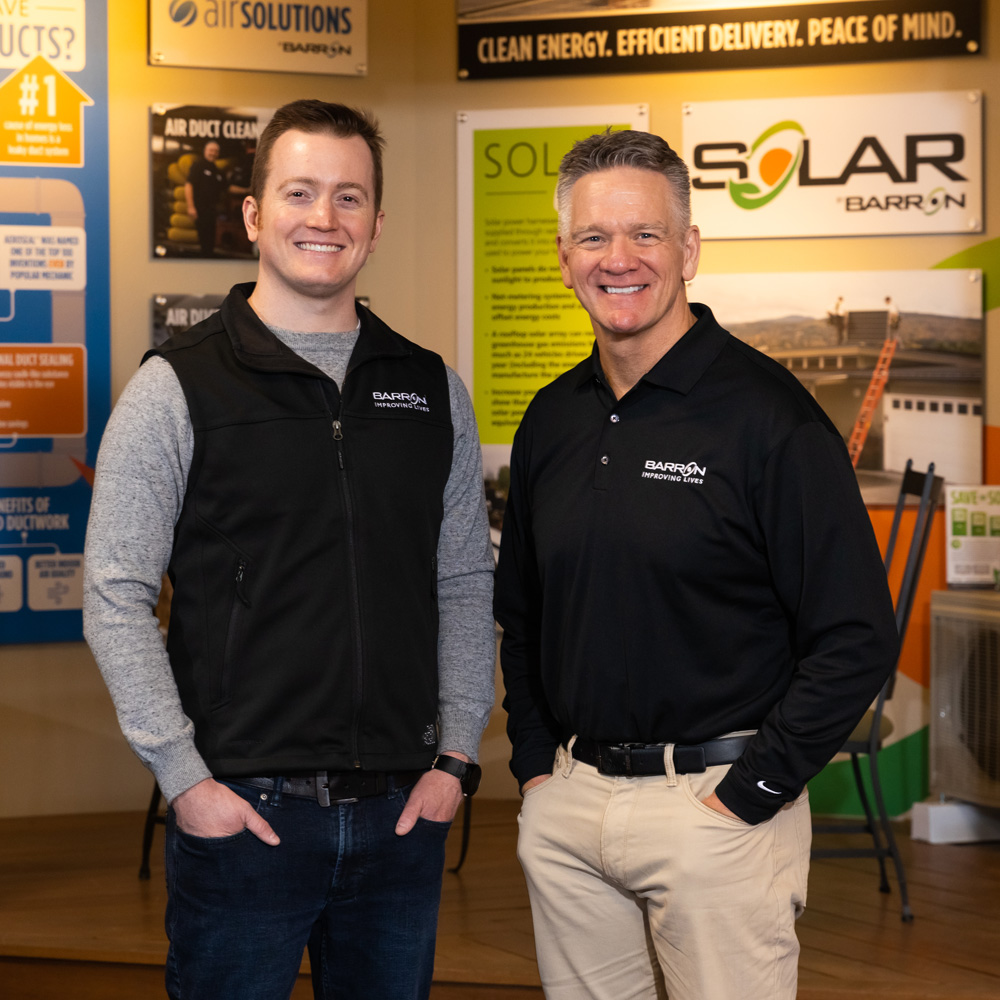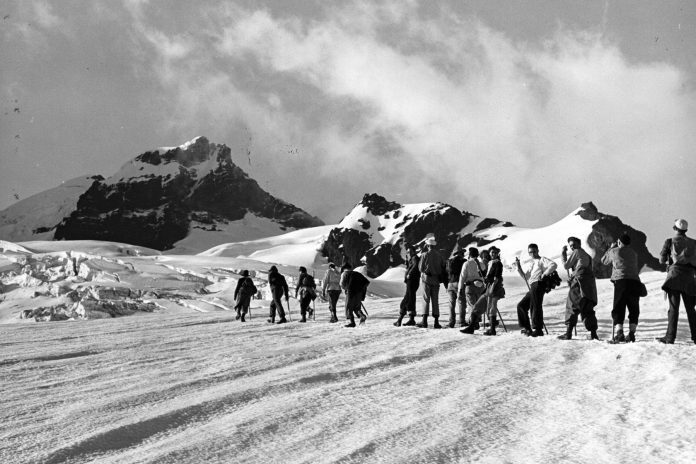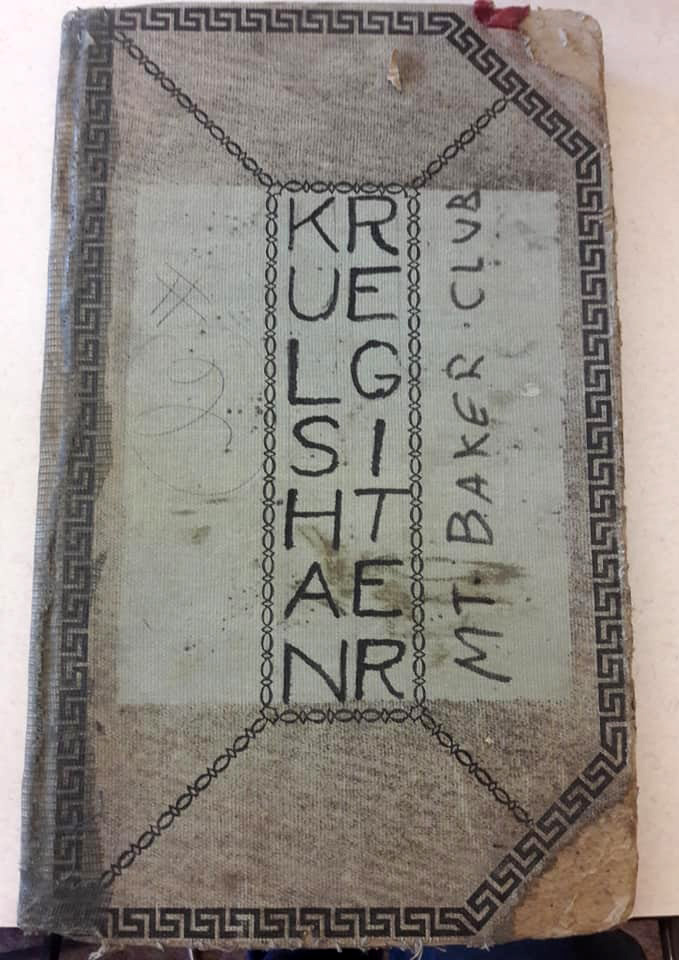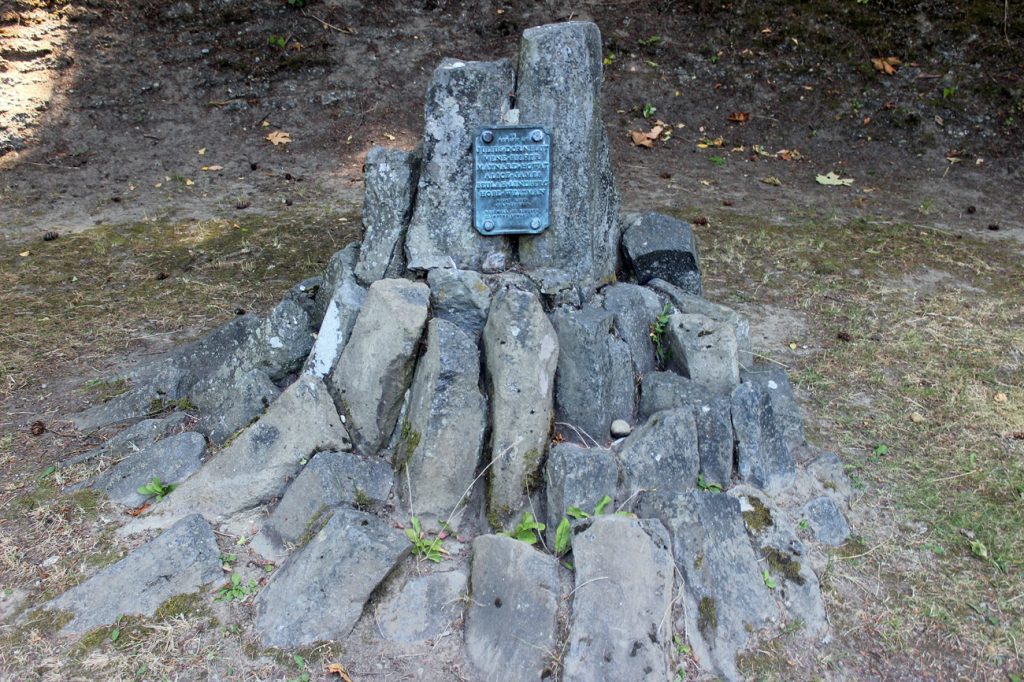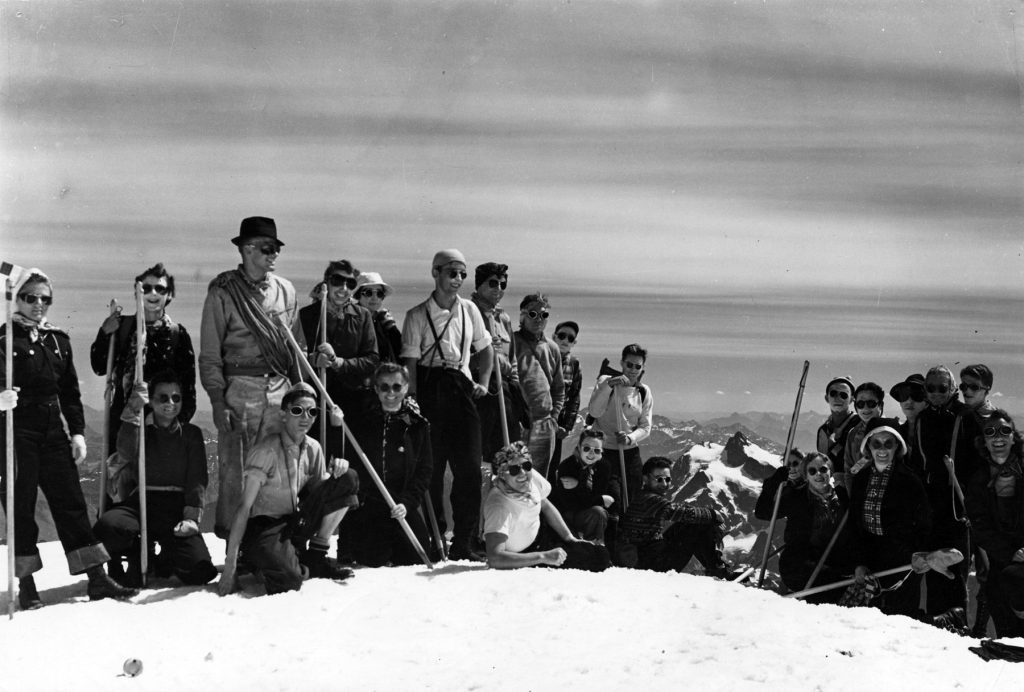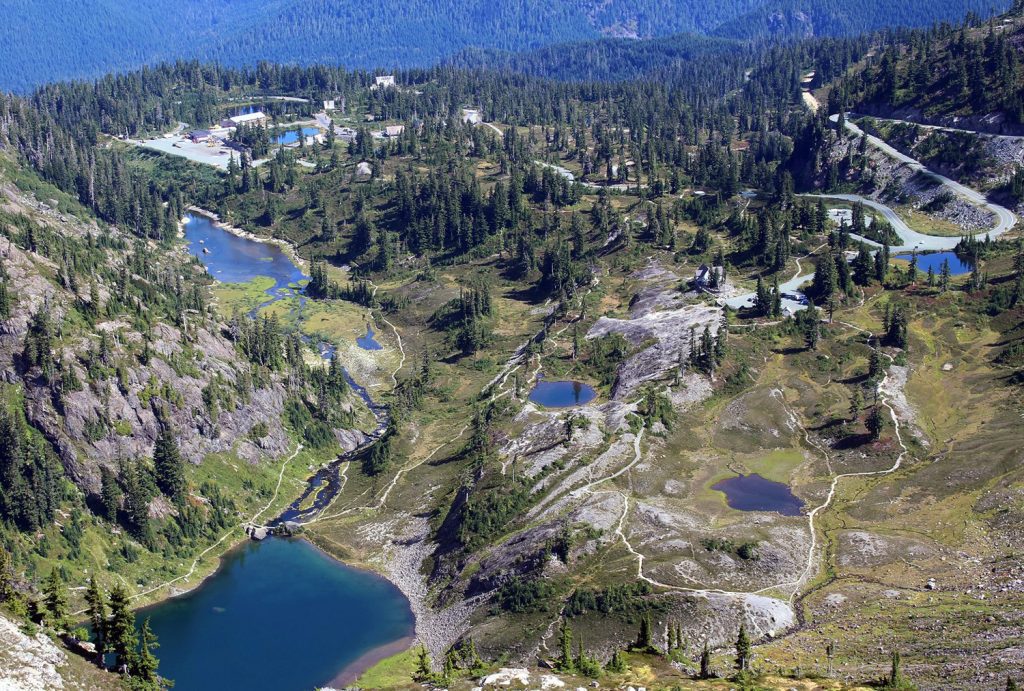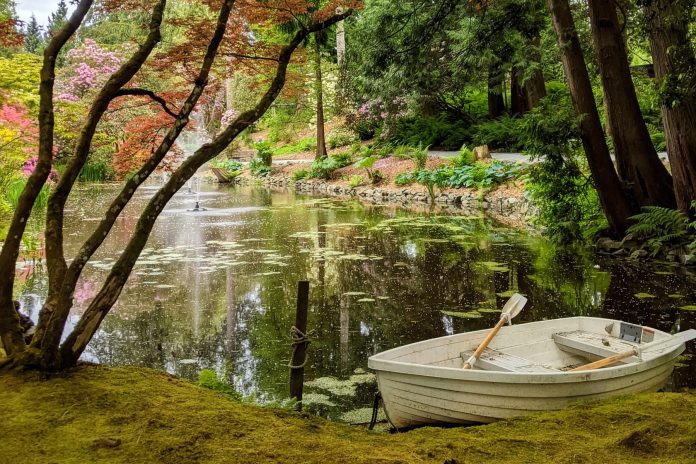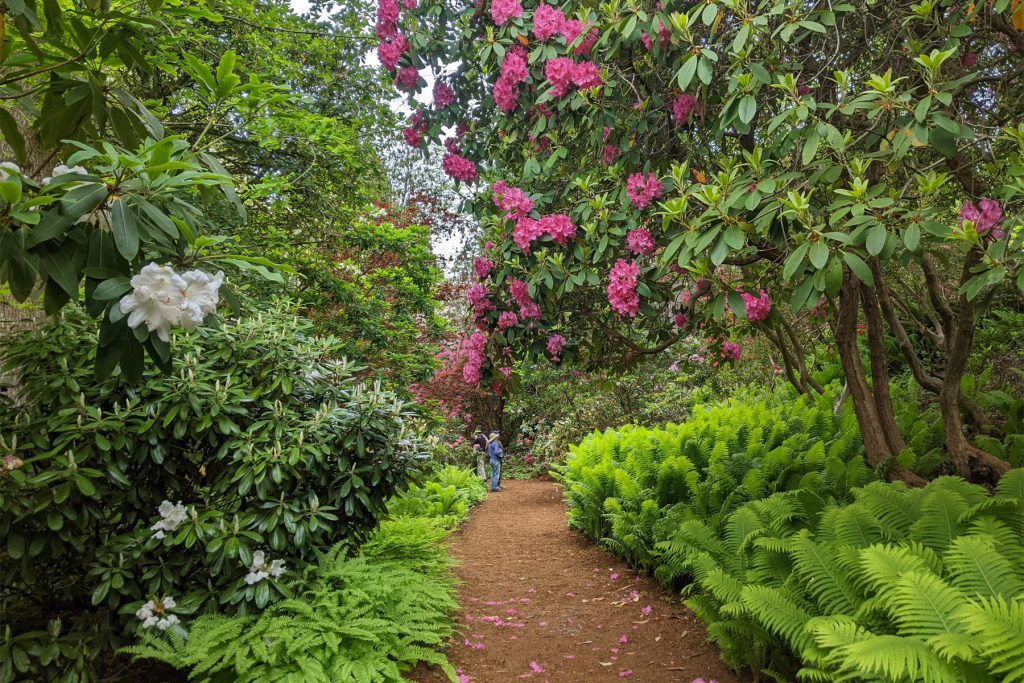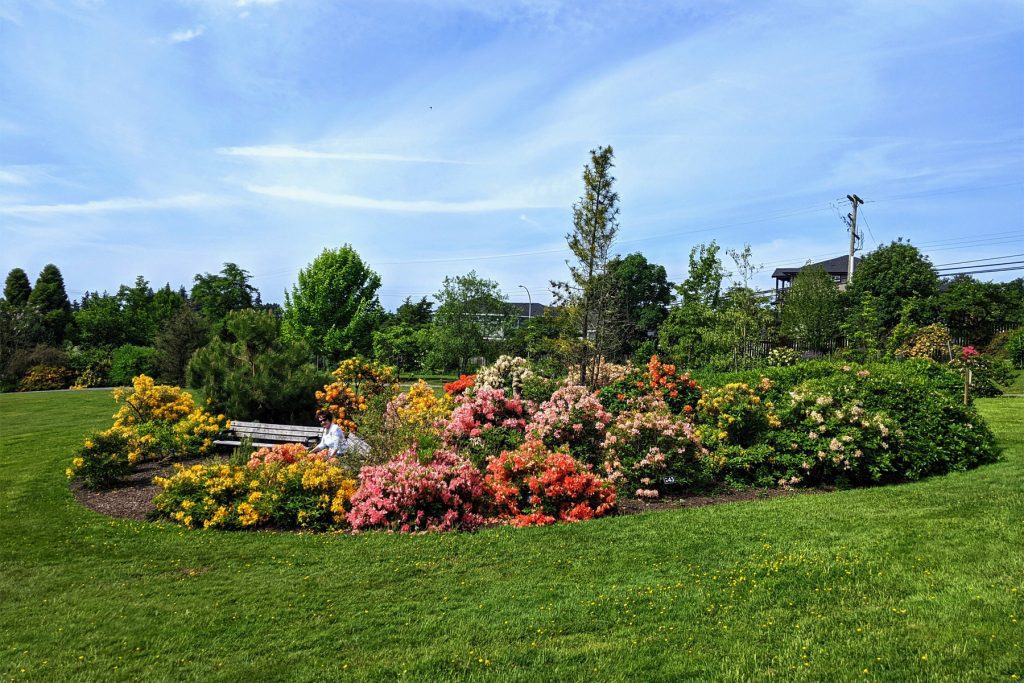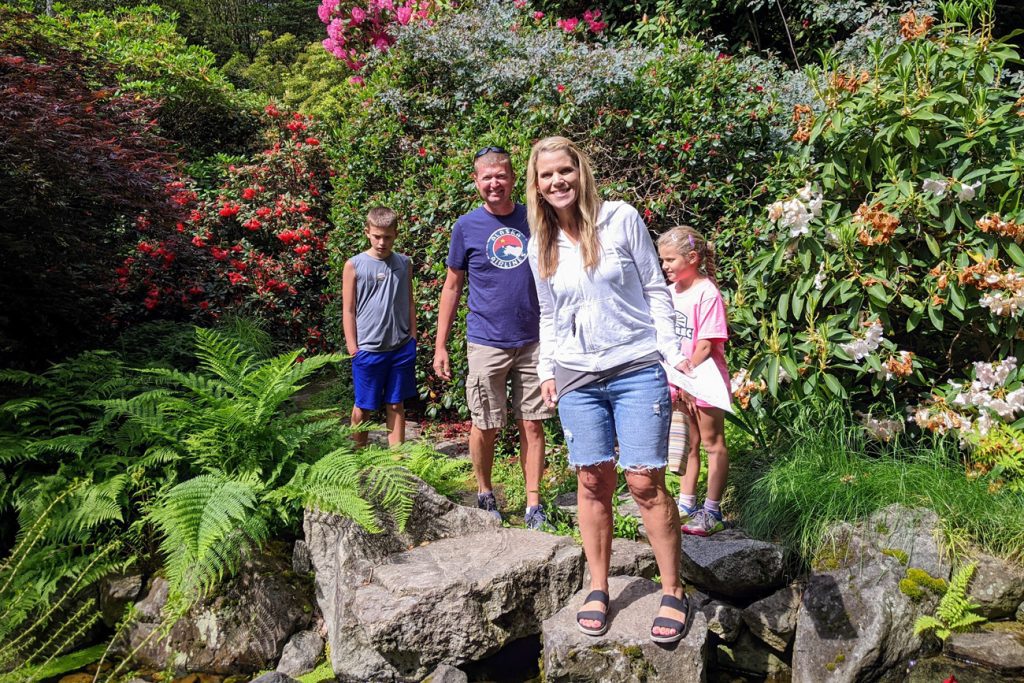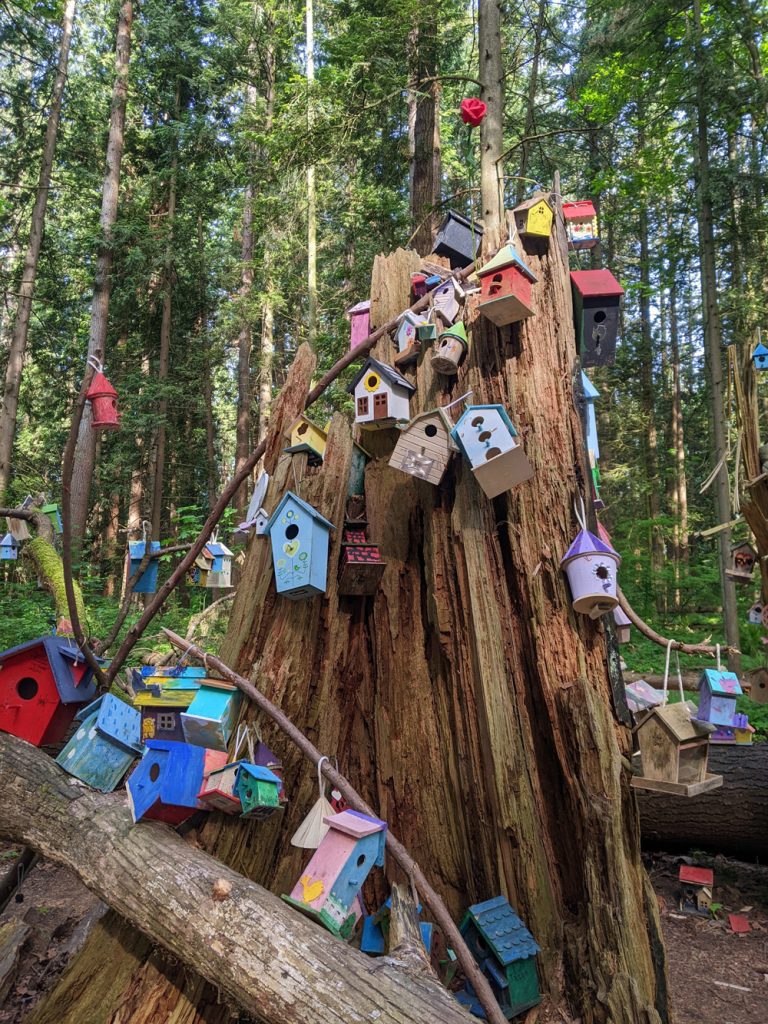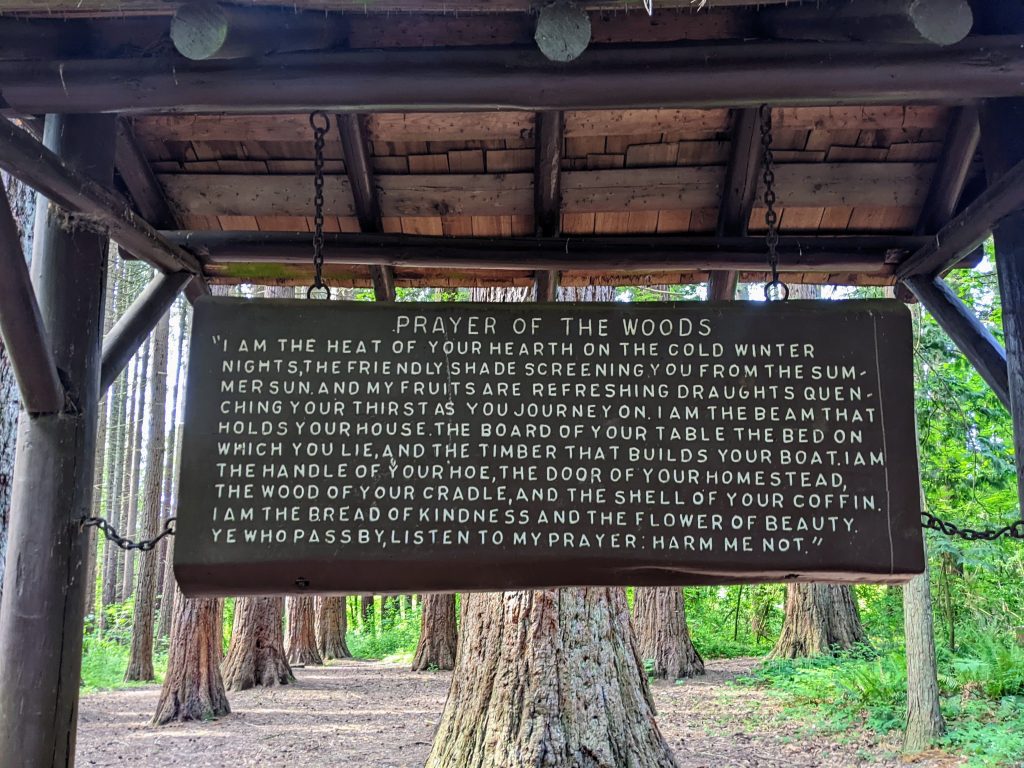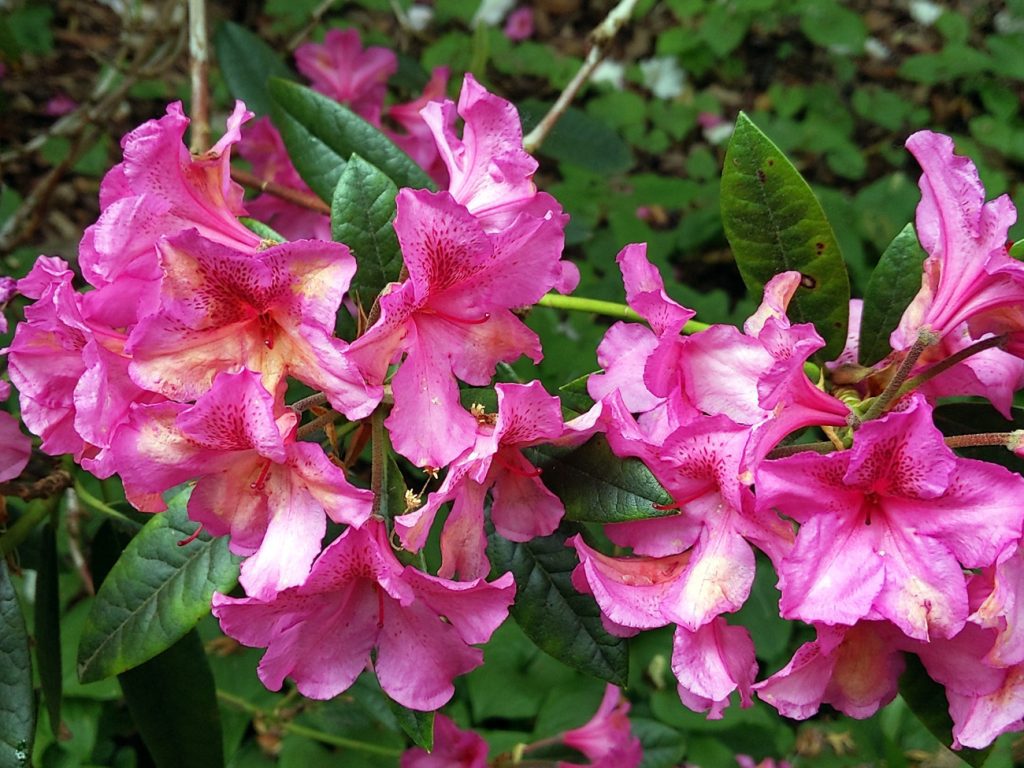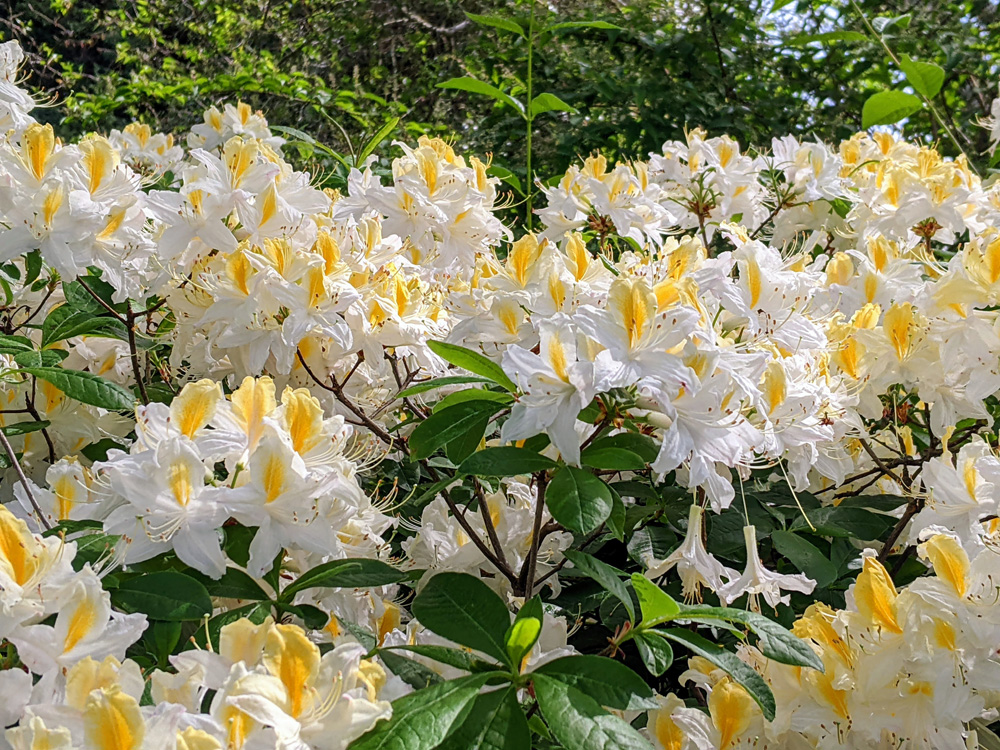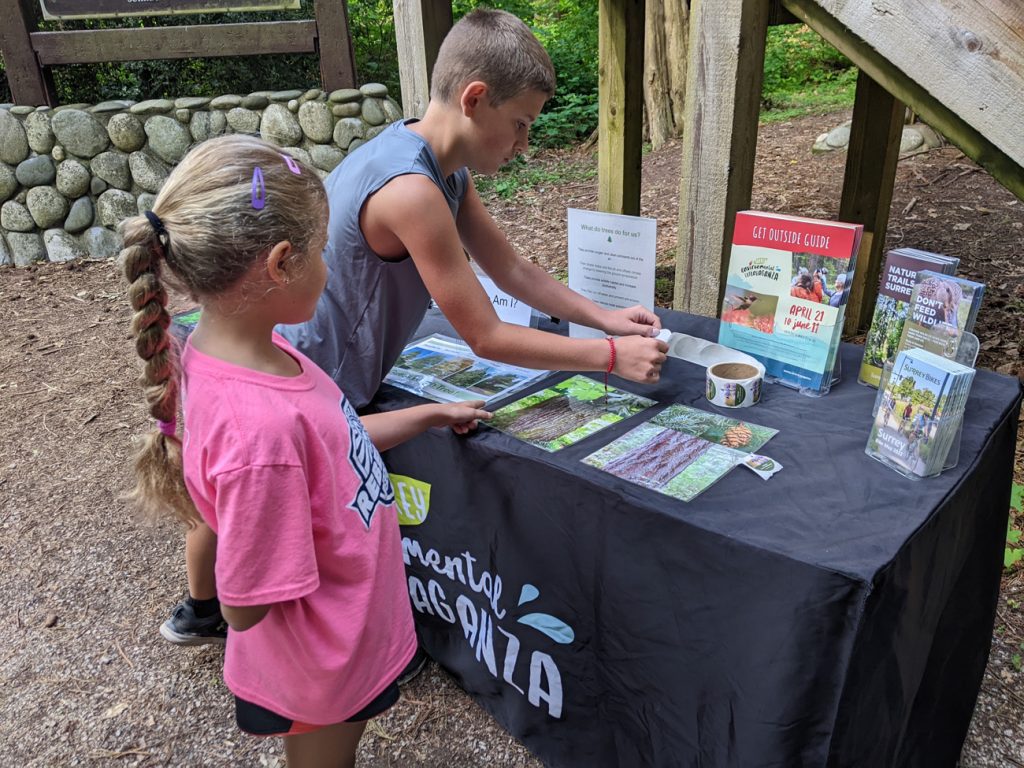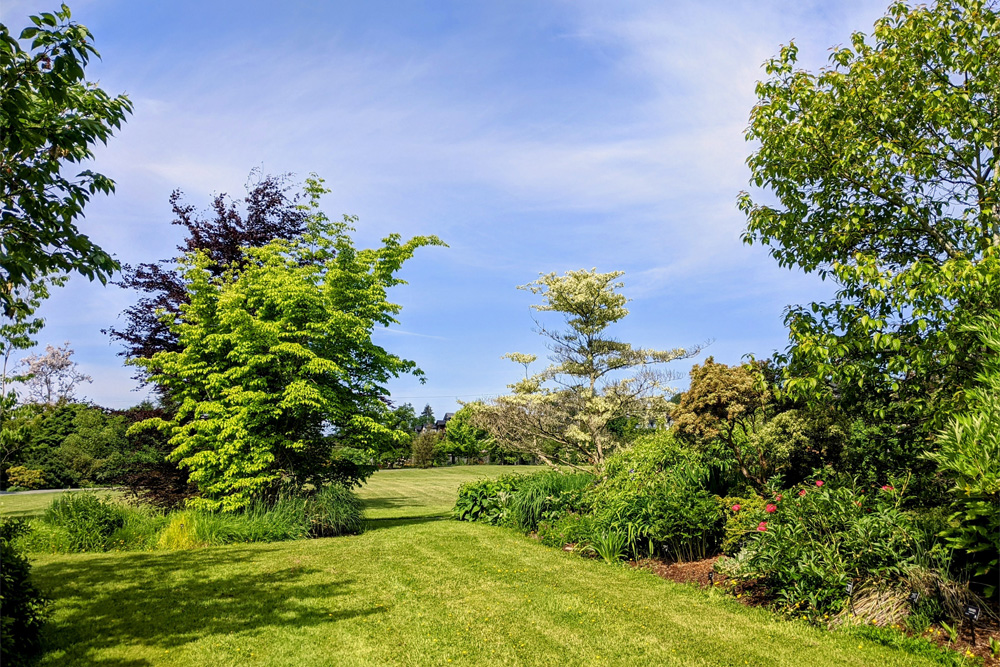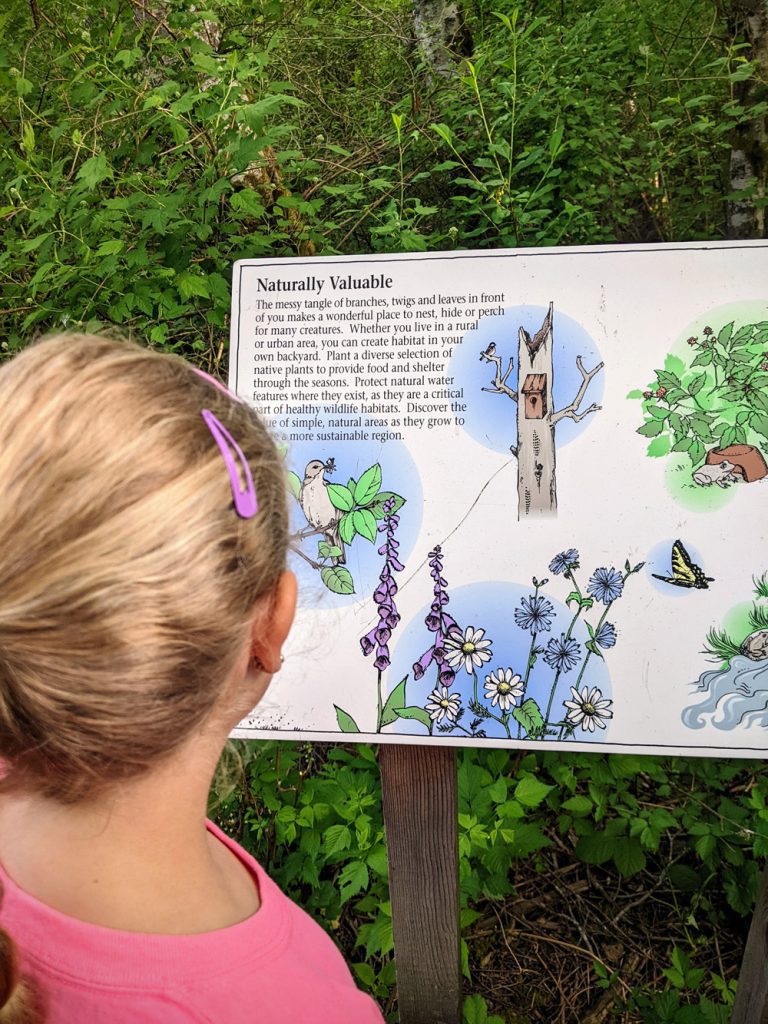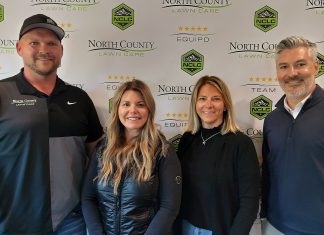Road-tripping on iconic highways is an American tradition. The Highway 101 and State Route 19 and 20 sections that pass through Jefferson County on the Olympic Peninsula check all the boxes for such an excursion. As these inviting side-trips up State Routes 19 and 20 will illustrate, you’ll want to spend a few days enjoying the loop. There are spots to stop along the way to enjoy all the sights. Here’s a guide to taking a road trip through the Olympic Peninsula’s Jefferson County.
Olympic National Forest
If the Highway 101 loop was an old-school clock-face, we’ll start this road-trip at approximately 3:15 on the watch dial.
Your first stop features a dose of history and some high-quality forest bathing. A short drive into the National Forest will bring you to the Ranger Hole Trailhead. This trail is easy to access as it is right off the paved road. Interrorem Cabin, built in 1907, will greet you, and you will instantly be brought back to a simpler time.
From this trail, there is a short, flat, interpretive walk with signs along the way with details on the cabin and the lives of those that lived in it. The longer, one-mile each-way part of the trail drops you down to The Ranger Hole, where park rangers were known to drop a fishing line in search of a meal. It is a bit of a steep trail heading down to the Duckabush River, but the rushing water is a sight worth the exertion required to return to your vehicle.
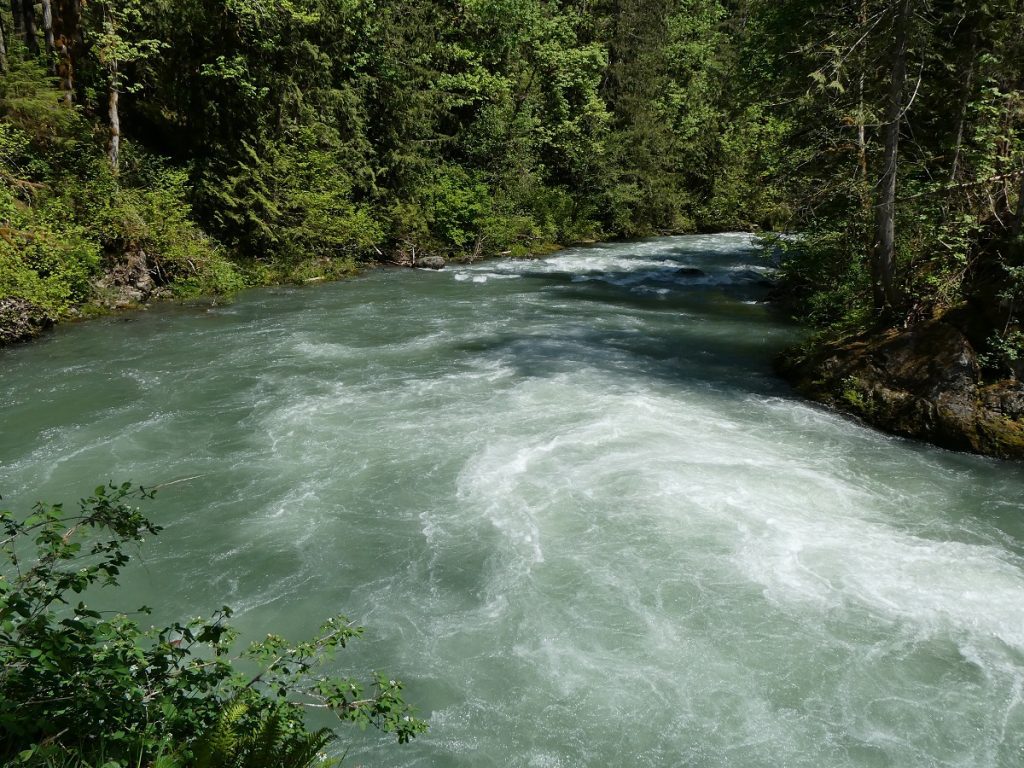
Pleasant Harbor
Continuing your way north, you won’t make it far before wanting to pull into Pleasant Harbor to take in the view of the aptly named body of water. With a full-service marina, grill and both a public water access and a state park nearby, there is easy access to the narrow bay, with a picturesque setting fit for movies.
Brinnon
Up the road, you will enter the small town of Brinnon, which features Dosewallips State Park and Seal Rock Campground. Both areas have day-use access designed for enjoying both the canal and forest. The very popular Dosewallips State Park is at the mouth of the river where it enters the Hood Canal. This geography makes for an environment teeming with wildlife. Seal Rock offers high bluff picnic tables for taking in the water view and easy access down to the beach, and smaller first come first served, no reservation campsites, great for tents or small RV’s up to 20’.
Where to Eat on Your Jefferson County Road Trip
If by now you are low on supplies, Cove RV Park & Country Store is right up the road. Here you can find all the basics, some little treats, and all sorts of creations you will want to take home. Their large deck with an oversized checker’s board is an excellent place to enjoy a cold beverage or a little snack.
By this point, if you feel like you are in need of a full-blown meal, 10 minutes up the road in the town of Quilcene is Gear Head Deli, which is part of the Olympic Culinary Loop. Here you will find scratch-made sandwiches, coleslaw and potato salad. Make sure to bring a friend so you can share their house-made turkey and pulled pork sandwiches on the back deck overlooking the lawn and forest trees.
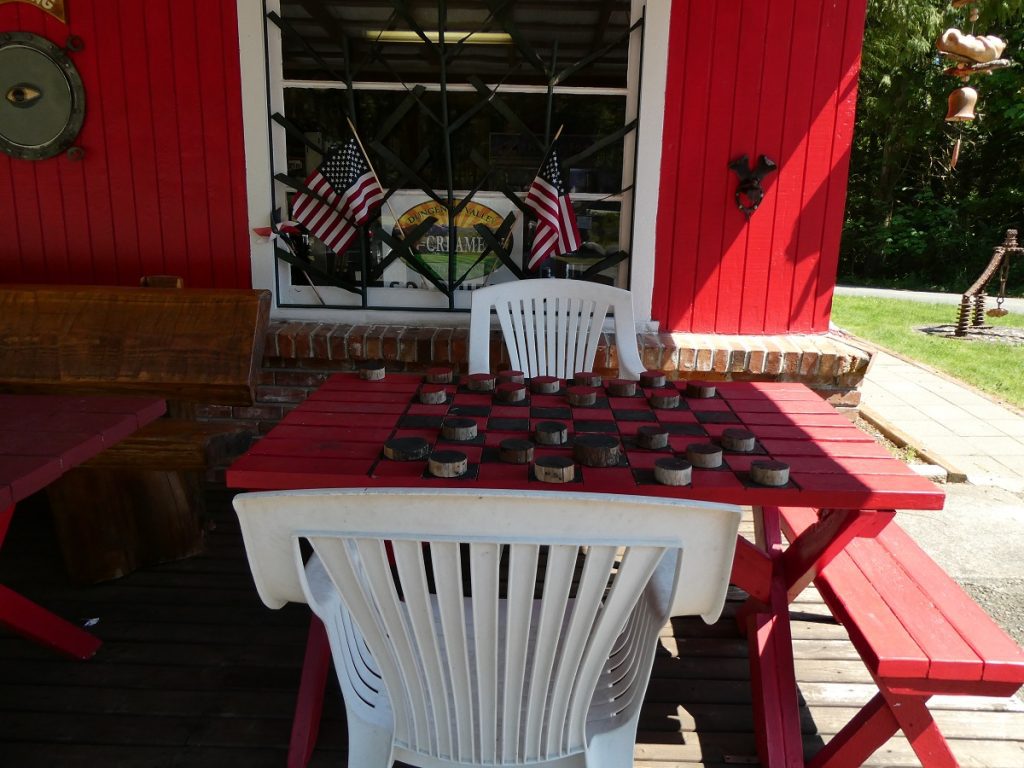
Fort Townsend Historical State Park
As you head North towards Port Townsend, you will meet the interchange taking you from the 101 to the 20. Before heading to town, pull into Fort Townsend Historical State Park. Here you will find day-use access to an expansive beach ripe for exploring. As you search for agates and jade, you will have a clear view of Port Townsend and the Paper Mill. If you are planning to make this an overnight trip, Fort Townsend offers a variety of camping options both in the open with easy access to the water or quiet sites nestled in the woods.
Port Townsend
From Fort Townsend, the seaside town of Port Townsend is just a short drive. This bustling artistic town begs to be walked. From the old brick buildings to Pope Marine Park, every block offers something new. Here you will find new creations from local makers and vintage treasures at antique shops. With plenty of dining and lodging options, you can easily make this your home for the night.
Wheel-In-Motor Movie Drive In
Once you have your eating and sleeping details worked out, you have a little backtracking to do to cap off a perfect road trip. The Wheel-In-Motor Movie Drive In is just outside of town on, you guessed it, Theater Road. Here you will create memories you will never forget or bring some flooding back that you are excited to relive. The once-popular Americana experience of a drive-in theater is few and far between these days, with only five remaining in Washington state, so this experience is not to be missed. As the sun sets and the screen comes on, this classic American road trip will conclude just as those who enjoyed one in 1953, the year the theater opened.
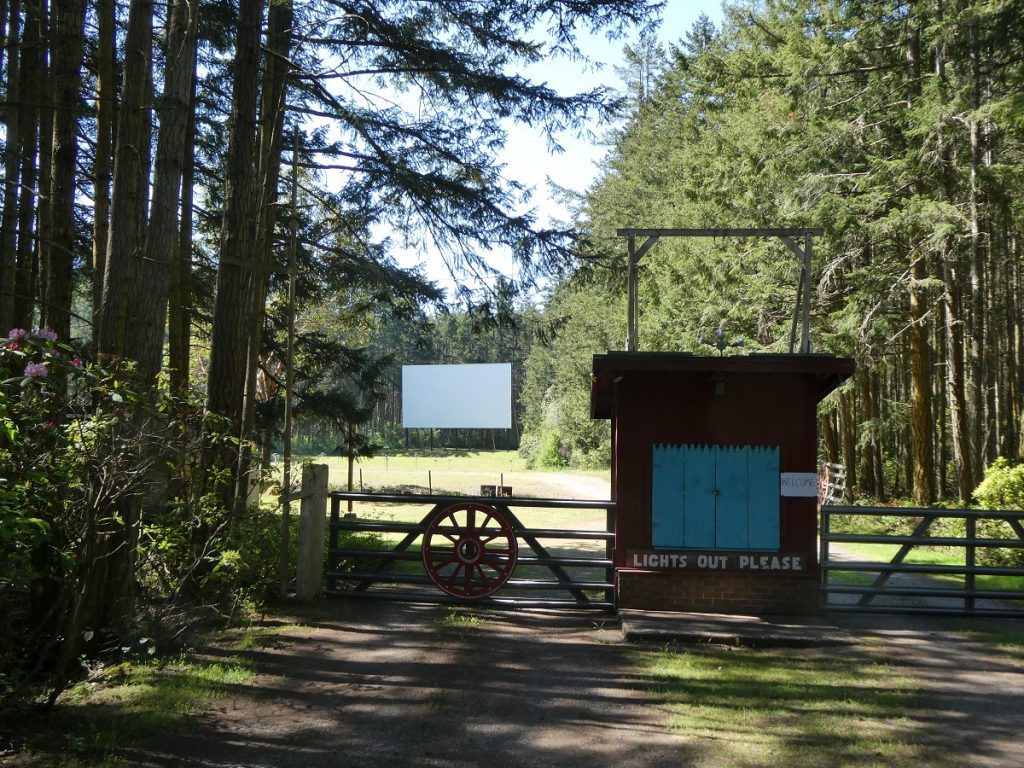
As you plan your trip, remember that many parks require passes, and the seasons can impact openings. For more information on planning the perfect road trip in the Olympic Peninsula’s Jefferson County, visit the Enjoy Olympic Peninsula website.






